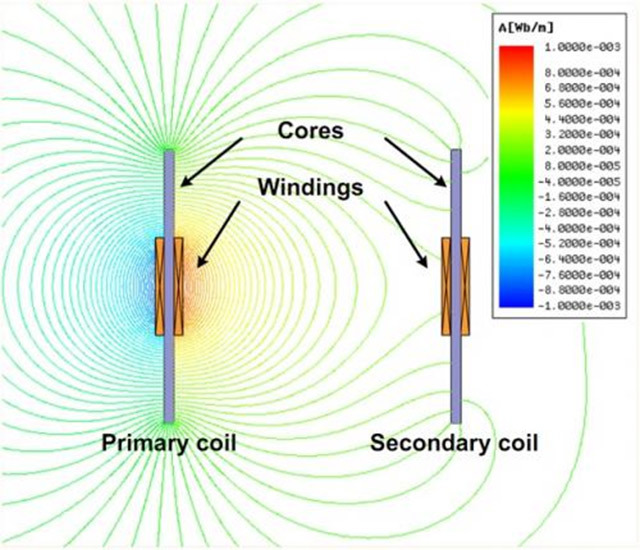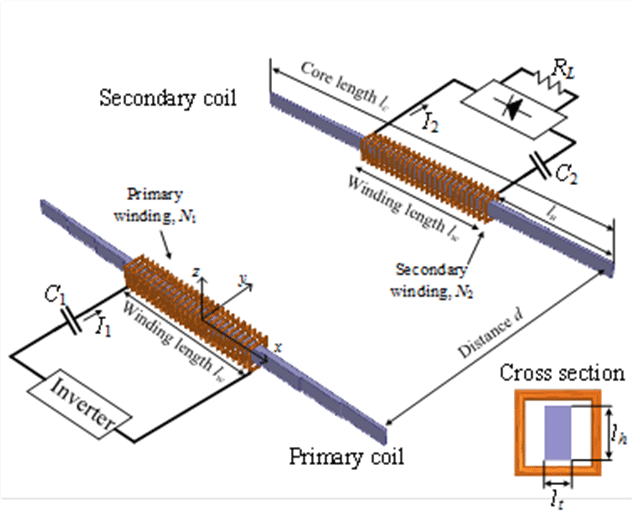5 meter wireless power transmission

Wires from numerous electronic devices to sockets clutter up many apartments. You have to make a dozen outlets in each room so that the wires are not so noticeable. But if the invention of a group of physicists from the South Korean University of KAIST goes into mass production , then only one outlet in each room will be enough. All devices will receive power from a single hub, which transfers energy to a distance of 5 meters.
Currently, the most advanced energy transfer technology is considered to be the Magnetic Resonance System (Coupled Magnetic Resonance System, CMRS), developed at the Massachusetts Institute of Technology in 2007. It provides a current transmission of 2.1 meters. From that time until now, they haven’t invented anything new in this area, and the CMRS itself faced some limitations that did not allow it to be mass-produced: for example, the complicated configuration of the coils, the large size, high transmission frequency, and too high sensitivity to external interference such as a person’s presence.
Scientists from South Korea have developed a new power transmitter - a resonant system of dipole coils (Dipole Coil Resonant System, DCRS), operating at a distance of up to 5 meters between the receiver and the transmitter. At first glance, the system is devoid of many of the drawbacks of CMRS; rather compact coils of 10x20x300 cm are used here, which can quite easily be mounted in the walls of an apartment.

General DCRS Configuration
As the experiment showed, at a frequency of 20 kHz, the maximum output power was 1403 W at a distance of 3 meters, 471 W at 4 m and 209 W at 5 m. When working with a power at 100 W, the efficiency is 36.9% at 3 m, 18, 7% on 4 m and 9.2% on 5 m. That is, the technology allows even modern large LCD TVs (40 W) to be powered at a distance of 5 meters using wireless transmission. Another thing is that 400 watts will be "pumped out" of the electric network, but no wires.
Even with low efficiency, the technology is still useful in some exceptional situations. For example, in March of this year, a group of Korean physicists managed to transfer 10 watts to control equipment similar to those installed at the Fukushima nuclear power plant, at a distance of 7 meters.
